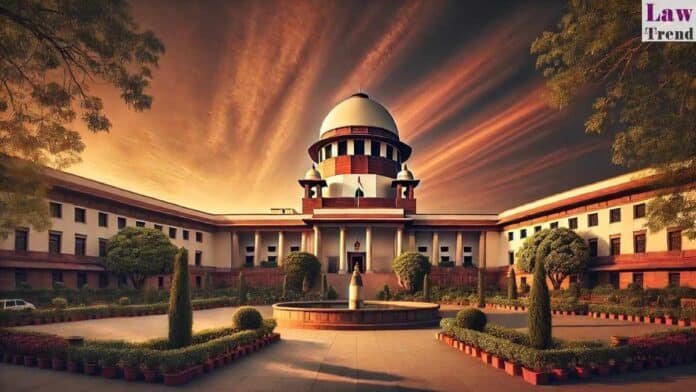The Supreme Court has ruled that a government employee in Sikkim who has already availed the benefit of 300 days’ leave encashment upon retirement is not entitled to claim the same benefit again for the period of re-employment. The Court allowed the appeal filed by the State of Sikkim against the High Court’s order, holding
To Read More Please Subscribe to VIP Membership for Unlimited Access to All the Articles, Download Available Copies of Judgments/Order, Acess to Central/State Bare Acts, Advertisement Free Content, Access to More than 4000 Legal Drafts( Readymade Editable Formats of Suits, Petitions, Writs, Legal Notices, Divorce Petitions, 138 Notices, Bail Applications etc.) in Hindi and English.




